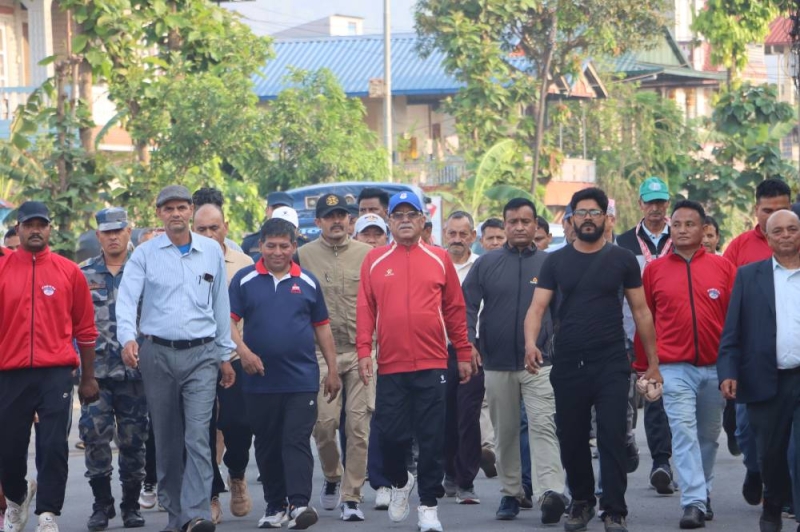Project monitoring key to beat poverty
Project monitoring key to beat poverty
Published: 12:00 am Jan 14, 2005
Himalayan News Service
Kathmandu, January 13:
Senior experts and donor representatives have similar views on effective utilisation and allocation of resources in poverty-hit areas of the country for which effective ‘monitoring’ is the need of the hour, wherein huge investments have been made.
Speaking at the project launching function of the Poverty Alleviation Fund (PAF), Dr Shankar Sharma, vice-chairman of the National Planning Commission (NPC) said that community based programmes can be effective with the participation of the locals even during conflict. As the government has given emphasis on poverty alleviation in the 10th Plan, various programs being operated in poor areas of the country would be more beneficial for attaining it, said Sharma. He also said that the agriculture sector can be most effective means for poverty alleviation.
In the last three years, the government has allocated Rs 11 billion at the local level, which is being used by users, he informed. “The time has come for all of us as to check how the programmes are being implemented at the local level instead of the number of projects,” he said. Dr Bimal Koirala, chief secretary, said that in every sphere such as political, social and economic sectors, poverty has gone up.
He observed that the conflict has also pushed the poverty level up. Therefore, the government has to work more for reducing poverty by introducing effective poverty alleviation programmes, said Dr Koirala. “The government should not interfere in development programmes being implemented at the local level,” said Koirala. “When talking about poverty alleviation in rural areas through various programmes, there is a need to assess how people have benefited instead of the number of programmes being implementation, Koirala commented.
Dr Mohan Man Sainju, vice-chairman of the Poverty Alleviation Fund (PAF)¸ said that poverty alleviation target has been difficult to achieve. He said that Poverty Alleviation Fund Ordinance 2060 has stated, “With active participation of the poor and marginalised groups of the society, the fund shall run various poverty alleviation programmes and shall provide necessary assistance and funds to organisations involved in similar works. As per the PAF has started working,” he said. He mentioned that programmes of PAF are based on the need of the community and there is huge a responsibility upon the community to carry out ‘project and programmes’. He opined that if the community people could not utilise resources themselves, it would not benefit them at all. He informed that PAF has initially started its programmes in six districts namely Mugu, Darchula, Pyuthan, Ramechhap, Kapilvastu and Siraha of Nepal (selected to represent all the development regions of Nepal).
Luis D Coirolo, sector’s lead specialist of the World Bank also noted that resources have to reach local people. Dr Geeti Sethi of the World Bank also urged for a paradigm shift for the development at the local level and marginalised societies for which PAF programmes can be instrumental.





